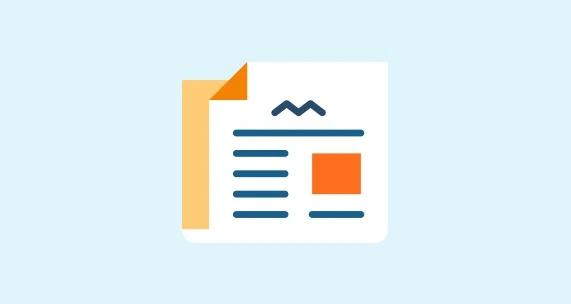In order to meeting the growing cost, market regulator Insurance Regulatory and Development Authority (I.R.D.A) is moving swiftly with a plan to augment the premium fee for health insurance. Once the regulator approves the proposal, Public sector non life insurance companies are set to raise the premium amount by 20 – 25%. The rates were last revised by I.R.D.A. 5 years ago and lastly public sector non life insurance companies are demanding rates revision from several months.
According to State owned General Insurance Companies the cost of administration and claim payment is 20% more than the amount of premium collected i.e their combined ratio in health insurance is over 120% and hence the premium rates should rise. I.R.D.A. is also of the view that in order to have the business sustainability the ratio has to be improved.
Agreeing on the above, both I.R.D.A and the insurers differ on the view that I.R.D.A. wants to have uniformity in pricing for 3 years wherein the insurers want rates to increase on a yearl basis keeping in mind the medical price rises.
However an official from the insurance said that even after rates are increased, health insurance companies would not be in a cost-effective business and that to improve profitability it is necessary to improve sharing and get more young policy holders. He further said that for a young buyer the cost of health insurance is approximately 2% of the sum insured and is the cheapest in the world. Further, since health insurance policies are on a once a year convention, companies do not charge ‘level’ premiums like in life insurance and instead calculate premium once again every year based on the insured person’s age. As a consequence, even without any correction in rate schedule, policyholders end up paying more as they move from one age bracket to another.
Last time when insurance companies raised the rates, there were cases where individuals who moved into a higher age bracket got renewal notices for more than 100% of the earlier premium.
According to Mr. J. Harinarayan, chairman of I.R.D.A. in the most recent publication of I.R.D.A. journal, on pointing out the increased usage of health insurance by a segment of a population, said that most of the claim in the field comes from a determined group of policies which requires a high numbers of cross subsidization and that while it would be ambitious to anticipate that there should be a very high standardization in the claim occurrence, such a conspicuous view is undesirable and would be negative to the strong expansion of the business in long run.
He also added that there is a need to study and understand claim tendency of different cross sections of the policy holders and to take steps to even it out to the extent possible and such an analysis would also result in identifying and arresting both intentional and unintended fraud.
He also disclosed the fact in the journal that though there are number of private players in health insurance, the market is largely dominated by the four public sector companies viz: New India Assurance, National Insurance, Oriental Insurance and United India. Analysis also reveal that majority of the business comes from these for public sector insurers thereby indicating that large number of players don’t want to enter and grow in this business. He further added that for a healthy growth of any class of business, it is essential that all the players play an equally important role and discontinue from the practice of choosing seemingly simple and profitable lines.
Health Insurance to become more expensive
73 views/
4 mins 4 secs
Last Updated - May 17, 2023
Listen to this article

